“Watch your thoughts; they become words. Watch your words; they become actions. Watch your actions; they become habit. Watch your habits; they become character. Watch your character; it becomes your destiny.” — Lao Tzu patterns of thought
With an estimated 12,000 to 60,000 thoughts per day, the mind gets so many repetitions that the patterns in which we think are cemented very effectively. While we can easily become trapped in these patterns, letting these thousands of thoughts drill them deeper and deeper, we can also use these repetitions to train new patterns and remodel our mental landscape to be more conducive to our dreams.
Though thought is often automatic and inaccessible, our internal language mirrors our external language, over which we have much more control. Most forfeit this control, letting environmental and internal influences (patterns) control how they speak. However, with a respect for the gravity of word choice, we can identify our current patterns and beliefs as they show up in our language and deliberately transform this mental landscape.
Let’s jump right into the most significant mental battlefield and observe the way in which we speak about our dreams. Ask your friends and family “What do you want to be?” and you will find great variety in people’s attitudes and relationship with their answer. When someone says “I’d like to be a veterinarian”, their answer is not just “veterinarian”- it is not the same as someone who says “I want to be a veterinarian”. “I would” creates distance from the dream – almost as if it is in a different world. You would like to … but what? If what? This conditional language is a sign of a limiting belief that is not directly vocalized, but is reinforced through this hypothetical speaking. By addressing their dream as coming from a separate world, this person is cementing themselves in their current world.
What about “I’m going to be a veterinarian”? This one is really interesting to me because it responds to a question about the future with an answer about the present. “I am going” is a comment on the person’s path and where they are right now. There is certainly a clear destination – becoming a veterinarian – but this type of thinking grounds this person in the present and what they are doing right now to get there. The opposite response would be “I will be a veterinarian”, in which the dream is further down the path. Neither is inherently better, but the first person is living their dream right now where the second sees it as something to achieve.
A middle ground would be simply “I dream of being a veterinarian”. While it is phrased in the present, making the dream a part of the person’s present, daily experience, it again creates a distant relationship by treating the dream as otherworldly. There is upside to this in that it makes the dream very alluring and exciting, yet the distance could be an excuse to keep dreaming (as long as you can count on being able to access it when you fall asleep, it doesn’t matter what you do when awake).
There are so many more options for responding to this question. Another common one is “I think I want to …” Say this and see how it makes you feel. Do you feel? Does it make you retreat to your brain? Do you say “I think” because you are afraid of what you feel? Does it make you timid? Do you feel open?
Ask these questions of yourself and the people around you as you observe how they respond to things like “What do you want to be?”. A good way to start this practice is to find one question to become an expert on. “How are you?” “What are you doing today?” “When are you free?” Pick a question, ask around, and observe all the ways of responding. Think about the relationships each choice creates. Think about the relationship you’d like to cultivate with your answer to this question and choose verbiage that communicates that. Then use your repetitions to practice your response and make this relationship a reality.
About Makin Wellness
Founded in 2017 , Makin Wellness is Pittsburgh’s premier therapy & coaching centers located in Downtown Pittsburgh and Downtown New Kensington. The company’s mission is to help people heal and become happy again. Makin Wellness specializes in depression, anxiety, addiction, trauma, medical marijuana assisted treatment and relationship counseling.

Alex Brooks, Psychology Intern







